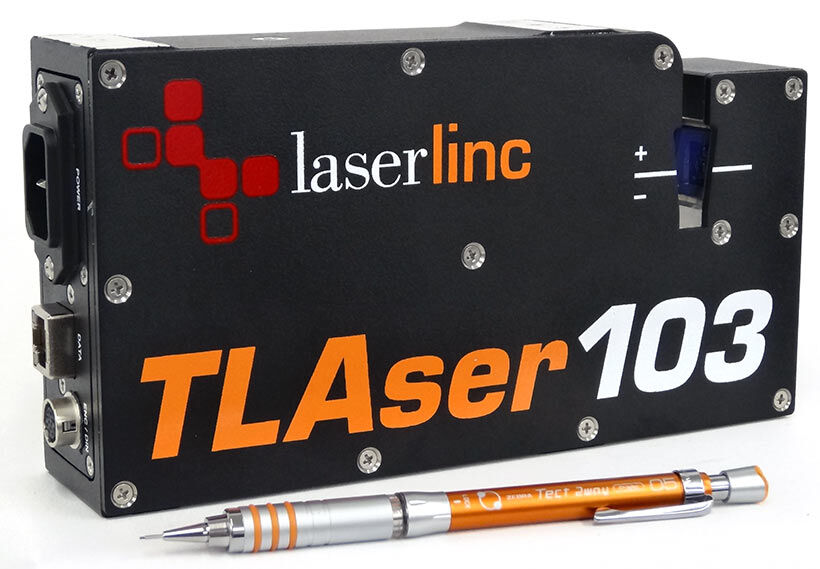Addressing the Need for Precise, Non-Contact, Measurement, and Control Solutions in Microns

IIA regularly strives to improve on the need for precise, non-contact, measurement, and quality control solutions. We have found the LaserLinc TLAser103 meets the need for this unique measurement capability of measuring small outside diameters with an extremely high degree of accuracy.
When calibrated to the correct standard, the LaserLinc laser mic allows us to measure diameters as small as .0006″ or roughly 1/5th the diameter of the average human hair. It doesn’t sound like such a big deal until one attempts to do that in a HIGHLY accurate manner. The LaserLinc TLAser103 system can read to 8 decimal places (inches) and is SUPER accurate.
One target audience are companies working on brain aneurysm “repair” devices that use tiny wires to feed into the brain and bundle up into the aneurysm, causing it to clot and cease to be a rupture concern. Naturally, anything going into the human brain has stringent inspection requirements. We know this because we have performed these measurements for some of our clients, and they were a struggle. That’s what lead to us having the technology we have now.
Furthermore, the typical “good” laser mic (like the other one IIA has had for years) works great for sizes down to about .008″, but, below that, they just won’t be accurate for these smaller diameters. The LaserLinc TLAser103 is specifically designed to do the job. The beam spot we get with the TLAser103 is something called a Gaussian Ellipse where the minor axis (the thin part of the ellipse) is equivalent to the smallest size (.0006″) the unit can measure while the major axis (the long part of the ellipse) is approximately 4 times bigger so at .0024″ we can legitimately use this system to measure very small OD reliefs not unlike what is commonly produced on Swiss screw machined parts! It can also be used to calibrate small pins/wires— which is another important use for the LaserLinc system.
Even the Pratt & Whitney SuperMic, formally known as the ID/OD Universal Measurement System, which technically can measure down to zero (like any mechanical micrometer), has problems with accuracy due to the wires’ very small size. If it is also soft, then all bets are off because all contact mics use some amount of pressure. To use the SuperMic would require us to have calibrated standards very near to the size we’d want to measure. Well, guess what? If trying to use 10:1 ratio of M&TE (measurement & test equipment) accuracy, some amazing measuring device, probably from NIST, would be required to certify the pins/wires to a 10 times higher accuracy. If that is even feasible (we haven’t tried), that would be very time consuming and expensive and therefore not very practical. Plus, we know that Gage R&Rs on such measurements using pressure mics are going to vary considerably because they depend on “operator feel” to a significant degree.
All that adds up as to why IIA utilizes the LaserLinc laser mic that’s dedicated to measuring very small diameters and achieving super-accurate non-contact measurement results.





